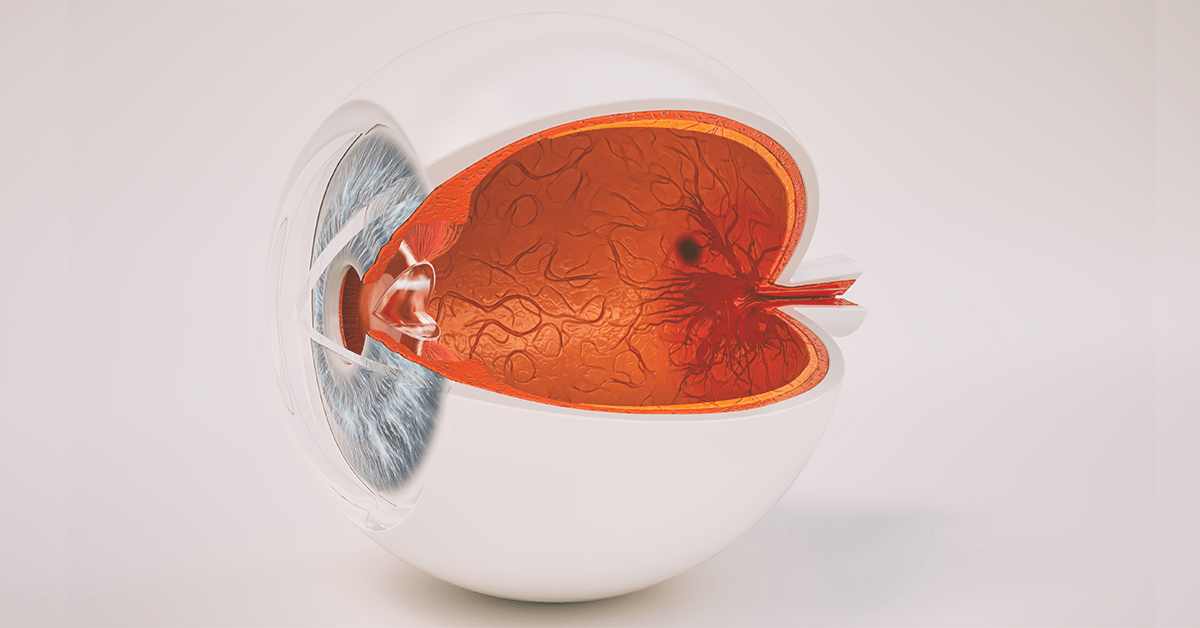Retina Is Where the Research Is, and Other Big Players Want In

Almost 200 – precisely 196 at last count – industry-sponsored clinical trials for retinal diseases are underway, based on a clinicaltrials.gov search. It’s safe to say that the big players on the block are spending money. Bayer, Novartis, and Regeneron Pharmaceuticals had the most trials listed, around 15 each. Roche and Allergan, now AbbVie, had a few listed as well, about eight each, as did Genentech (a Roche subsidiary). Even Sanofi had three after it appeared to abandon ophthalmology in 2013 when Regeneron paid it a few million for two antibodies.
But other big-time players are making moves in the retina space. Boehringer Ingelheim since May has entered into two partnerships to develop novel treatments for geographic atrophy (GA): with Numab Therapeutics to develop a T-cell engager, and with CDR-Life to develop antibody-fragment-based therapies.
And Janssen, a Johnson & Johnson company, has made moves in the retina space.
A Robust R&D Target
What makes the retinal trial numbers all the more curious are the number of trials associated with glaucoma and cataracts; using the filters recruiting and active at clinicaltrials.gov, each had about 75 trials, and the big players were virtually absent.
Of course, patients with retinal disease typically require more health care resources than those with anterior segment disease. Also, the big players have the money to compete, to try to eliminate each other from the ring, whereas shunt and stent makers, whose products are most often used in one-time surgeries, might not be in the same financial position.
Bigger pharma players no doubt realize the extensive ophthalmic needs of patients, and they also have the tools and talent – existing molecules, money, and manpower – to apply to those needs.
Go beyond that rationale, said Christian Schetter, PhD, a managing director at Arix Bioscience Investment, a global investment and scientific partnering firm. The larger pharma houses, he told OIS Weekly, are “bringing innovation from the various fields they have” to ophthalmology. The existing treatments for age-related macular degeneration (AMD), while helpful, haven’t been exceedingly popular because of their method of administration – that is, an injection in the eye, many times monthly. “It has to be a treatment the patient is not afraid of,” said Schetter.
To his point, Janssen says on its website: “We are seeking to uncover the pathology of [macular-destructive diseases] … To do this, we are leveraging our existing expertise in immunology, vascular disease and neuroscience.” In January 2019 Janssen entered into a collaboration with MeiraGTx to develop gene therapy programs for inherited retinal disease, but has been rather silent in the space since.
Before its recent deals, BI last September licensed the biodegradable gel methodology of a long-lasting (but still an injection in the eye) drug-delivery system from Inflammasome Therapeutics. Whether BI intends to use the delivery system with novel GA therapies on which it recently partnered is unknown; the company declined an interview for this article. BI has two trials listed at clinicaltrials.gov: one for diabetic retinopathy in patients who have had prior laser treatment, which just started enrolling; and a single, dose-escalation Phase I trial for GA secondary to AMD.
Schetter said that while Novartis has dominated the ophthalmic space among the larger pharma players, BI obviously thinks there’s room for more. “How can we apply drugs we already have to ophthalmology?” he asked. “It is not surprising, to fight inflammatory diseases [in the eye]. Companies are moving into that space and applying what they have.”
It’s a space to which more big players are gravitating.
